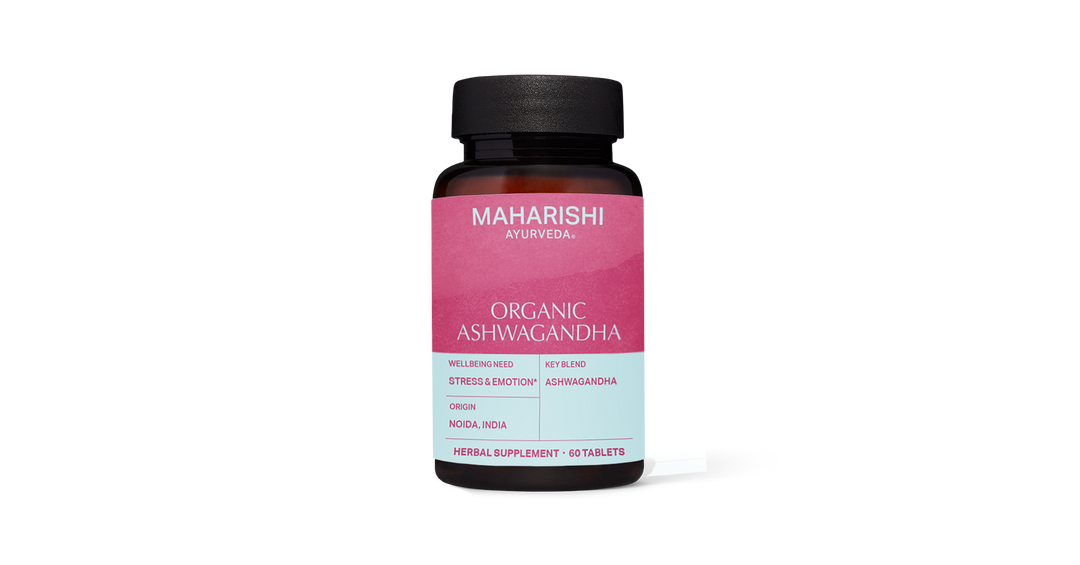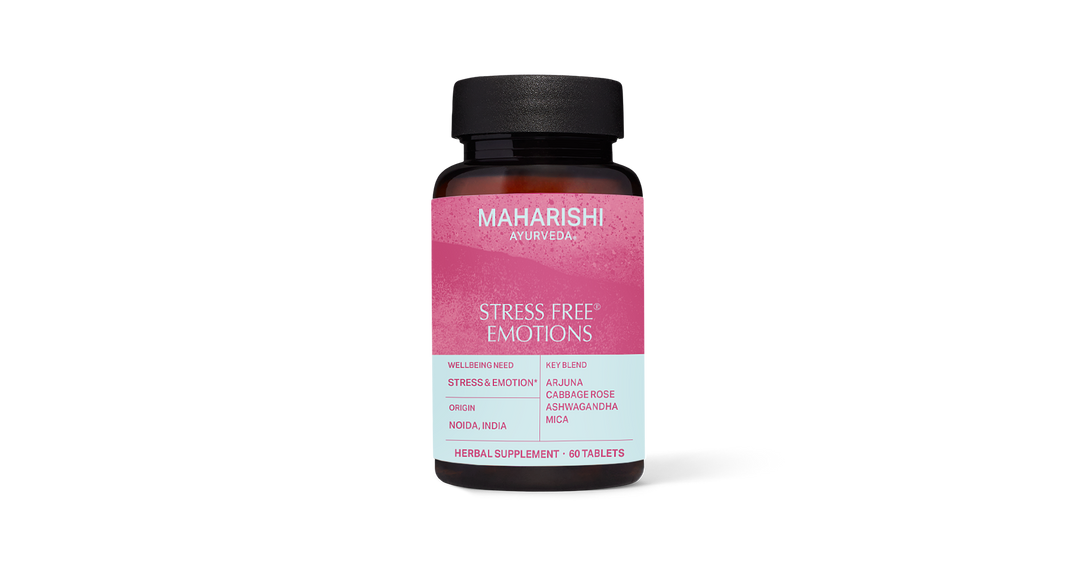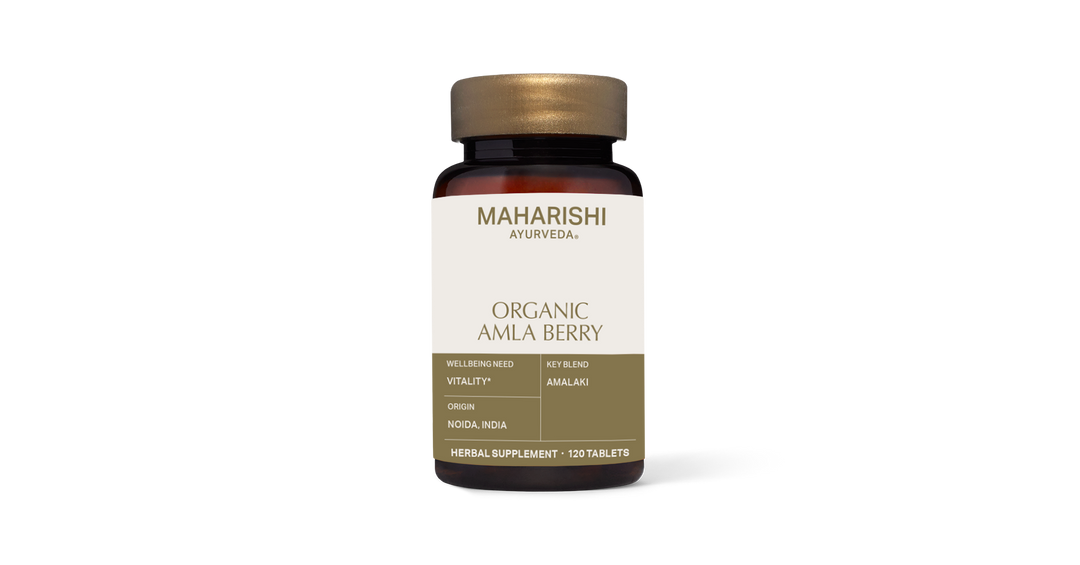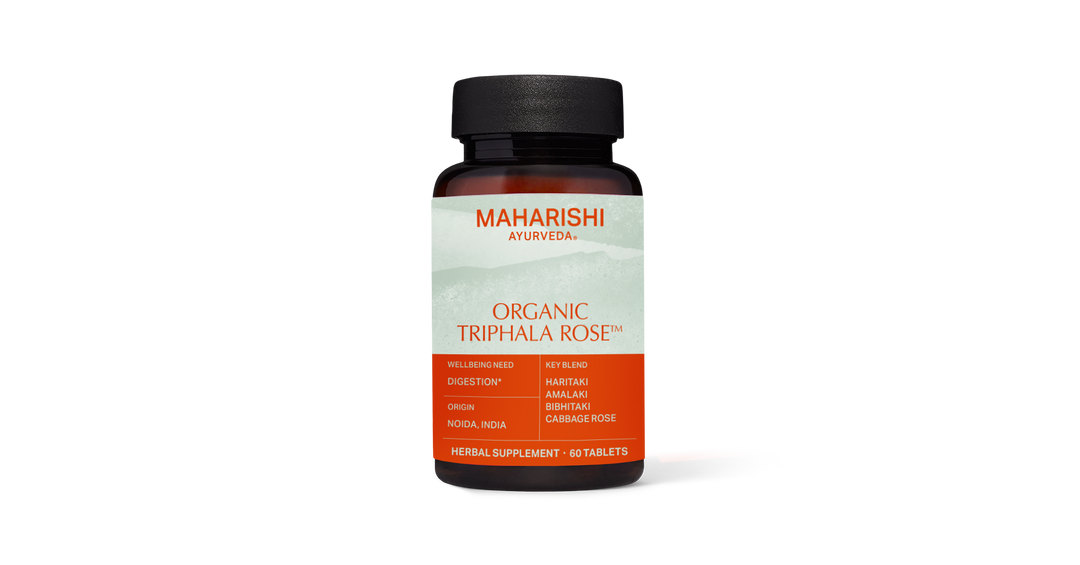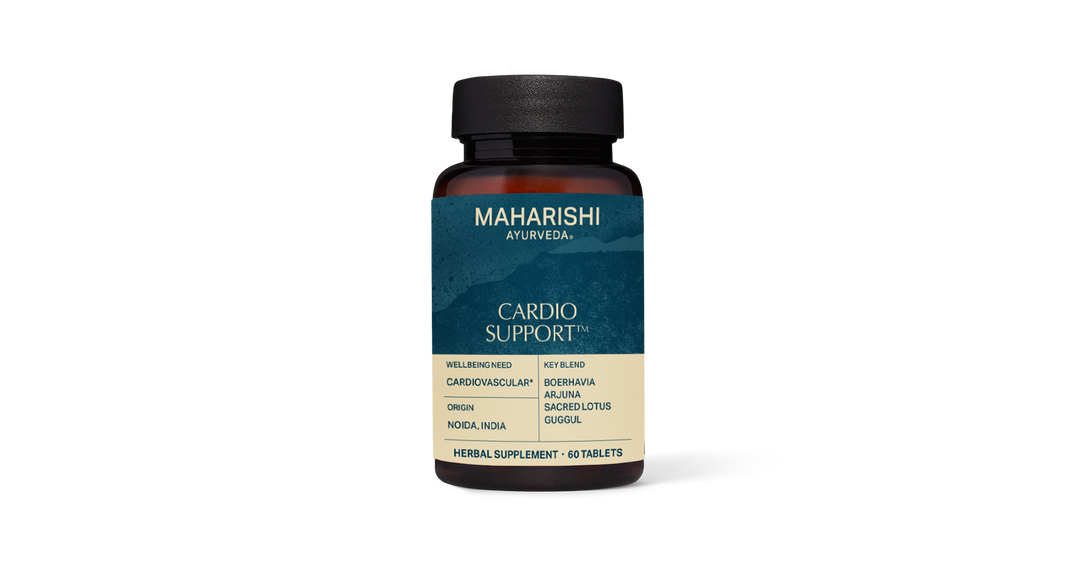According to Ayurveda, the body is governed by three different elemental characteristics, or doshas:
- Vata (associated with wind and air characteristics of the body)
- Pitta (associated with fire and water characteristics of the body)
- Kapha (associated with earth and water characteristics of the body)
Every one of us contains a unique combination of these three doshas, which influence everything from the shape of our bodies to our digestion, sleep patterns, skin tone, emotions, and intellect.
Within each dosha are five distinct subdoshas that govern specific parts of the body and their functioning. In this article, we’ll focus on the five subdoshas of Pitta.
What is Pitta dosha?
“Pitta dosha itself is all about transformation, heat, and energy,” explains Dinesh Gyawali, PhD, a classically trained Ayurvedic Vaidya (Ayurvedic expert) and Assistant Professor at Maharishi University of Management.
“Pitta represents all forms of metabolic activities that generate energy. It’s primarily composed of agni (fire) and jala (water) elements. Pitta represents that ever-changing and evolutionary quality of our physiology which may seem static at times but is going through transformation each and every second.”
People often associate Pitta with digestive fire and digestion, but as you’ll see, it governs other organ systems as well.
1. Sadhaka Pitta
Sadhaka Pitta governs the brain and heart and is associated with the digestion of emotions, life experiences, and stress, according to Gyawali.
“Sadhaka Pitta helps us achieve the things we desire by energizing the mind, intellect, and ego,” he says. “Therefore, this Pitta is considered to be important for enriching the qualities of one’s own inner consciousness. It keeps the mind alert and awake and also clears tamas, or darkness around the heart.”
The brain and heart are closely connected, and when Sadhaka Pitta is out of balance, it prevents the blossoming of happiness in one’s heart, according to Gyawali.
“People with Sadhaka Pitta imbalance may have the tendency of experiencing waves of emotions in different ways. It’s hard for them to release those emotions or just to deal with them. In practice, we call this ‘emotional ama,’ or emotional toxins.”
Many things can bring Sadhaka Pitta back into balance—first and foremost, stress-reduction practices like the Transcendental Meditation technique, yoga, and pranayama (yogic breathing techniques), says Gyawali.
Things like art therapy, music, nature walks, and journaling are also very effective stress-management tools. Certain herbs like Arjuna (Terminalia Arjuna), Organic Brahmi, Organic Ashwagandha, and Organic Guggul are very effective in protecting the heart, according to Gyawali.
“Stress Free Emotions and Cardio Support are my favorites formulas for Sadhaka Pitta,” he adds.
2. Alochaka Pitta
Alochaka Pitta governs the organ of sight, including the functioning of rod cells and cone cells within the retina.
The Sanskrit word alochaka—derived from lochana, which means “eyes”—translates to “that which sees or analyzes.” While this subdosha largely influences the organs of vision and their overall functioning, it does have more subtle influences as well.
“On a deeper meaning, Alochaka Pitta is also understood to have that distinguishing quality of seeing what’s right and what’s wrong,” says Gyawali. “It gives clarity, understanding, and light. Those who have trouble with this subdosha may not clearly understand a person or a situation. In Sanskrit, this is known as Pragyaparadha, the mistake of the intellect. However, mostly it signifies the organs of vision and their overall functioning .”
Being governed by Pitta, the eyes are very agneya (fiery) in nature, which is why Ayurveda recommends avoiding any heat exposure to the eyes. When out of balance, problems like poor vision and recurrent eye infections can crop up.
“Triphala is one of the best rasayanas [tonics] for the eyes,” says Gyawali. “It can even be applied locally, though only under proper guidance and the supervision of an experienced Vaidya. Simply taking Triphala tablets on a regular basis also helps with better vision. Organic Triphala Rose and Organic Premium Amla Berry are the best choices.”
3. Bhrajaka Pitta
Bhrajaka Pitta governs the site of touch (known as sparsha in Sanskrit). This subdosha of Pitta rules the skin.
“As we all know, the skin is the largest organ in the body,” says Gyawali. “Bhrajaka Pitta governs this outermost covering of the whole body, which provides protection, helps with circulation, regulates temperature, and faces all the external stimuli.”
“As the outermost part of our body, it is the first responder to the environment, be it a blizzard, hot sun, or dry and arid weather. It’s through the skin we get to experience all these things.”
“In a thin layer of skin, there are many structures, such as capillaries, sebaceous glands, hair follicles, etc., which help maintain moisture, provide luster, regulate heat, and maintain color.”
As you might expect, when this subdosha is out of balance it can lead to various skin issues, depending upon a person’s dosha predominance (prakriti) or any current imbalance (vikriti). Skin problems can arise, ranging from dryness to hypersensitivity, non-cystic acne, and other concerns.
Daily skin care is very helpful for Bhrajaka Pitta imbalances, says Gyawali.
“Be mindful that your skin is the mirror of your inner physiology,” he says. “Your skin can only be as healthy as your digestion. If one experiences sluggish bowels on a daily basis, no skin care product will help improve surface appearances. Provided you are doing your best to keep your internal organs healthy, one can use different local or internal herbal products to help with Bhrajaka Pitta.”
Ayurvedic formulas like Radiant Skin, Liver Balance, and Digest & Detox Tea are some of Gyawali’s top picks for this subdosha—as is drinking aloe vera juice. For soothing topical options, choose the massage oil and herbal soap best suited to your Ayurvedic constitution.
4. Ranjaka Pitta
Ranjaka Pitta is located in the internal organs that are responsible for the formation of plasma and blood cells, and their circulation via the liver, spleen, stomach, and heart.
"In Sanskrit, ranjaka means 'coloring/dyeing agent.' This subdosha transforms rasa dhatu (plasma) into rakta dhatu, or blood." says Gyawali.
“Although this subdosha is largely understood to be the haem component of blood, which is responsible for its color, Ranjaka Pitta is also responsible for all the different pigments of the physiology—be it the coloration of bowel movements, urine, and eyes or the color of one’s hair, or the complexion of the skin.”
As with Bhrajaka Pitta, when Ranjaka Pitta goes out of balance skin problems can arise, along with early greying of the hair. Gyawali’s recommendations for this subdosha include those for Bhrajaka Pitta, along with Kutki, Elim-Tox, Turmeric, and Healthy Hair & Nails.
5. Panchaka Pitta
Pachaka Pitta governs the stomach but is also located in all those parts of the alimentary canal where the process of digestion occurs. Since Ayurveda considers digestion to be the root cause of good health and, conversely, imbalance, Pachaka Pitta is the most important of the subdoshas, says Gyawali.
“People tend to associate Pitta dosha largely with digestion, and that is because of Pachaka Pitta,” he says. “Pachaka, means ‘that which digests,’ and it definitely rules that aspect of digestive fire—jatar agni or pachaka agni—which is mostly responsible for the major part of digestion of the food that we eat.”
“It also rules the processing of nutrients—from the ptyalin enzymes in our saliva to the final assimilation and excretion of nutrients in the small intestines. It is due to the over- or under-performance of this subdosha that nutrients from our food can sometimes be processed improperly, taking the form of ama.”
When Pachaka Pitta is out of balance different digestive issues can arise, ranging from sluggish digestion and occasional hyperacidity and acid stomach to gas, bloating, and a lack of appetite, depending on one’s mind-body type and current state of balance.
“Consulting with an Ayurvedic practitioner is very important with Pachaka Pitta,” says Gyawali.
“With digestive issues, not only are herbs of the utmost importance but correct food choices are as well. Mere herbs won’t be that effective if one is not making dietary and lifestyle choices pertaining to their digestive needs.”
Once one is educated about the best dietary choices and habits for their unique constitution, then Ayurvedic herbs can be of benefit.
“Organic Digest Tone (Triphala Plus) is the most important herb here and my personal favorite. It’s a must,” says Gyawali. “Besides that, Aci-Balance, Herbal Di-Gest, Trikatu, Ginger, and Digest & Detox Tea are very effective at restoring balance to the digestive system.”
Take our Dosha Quiz to discover your unique mind-body type




